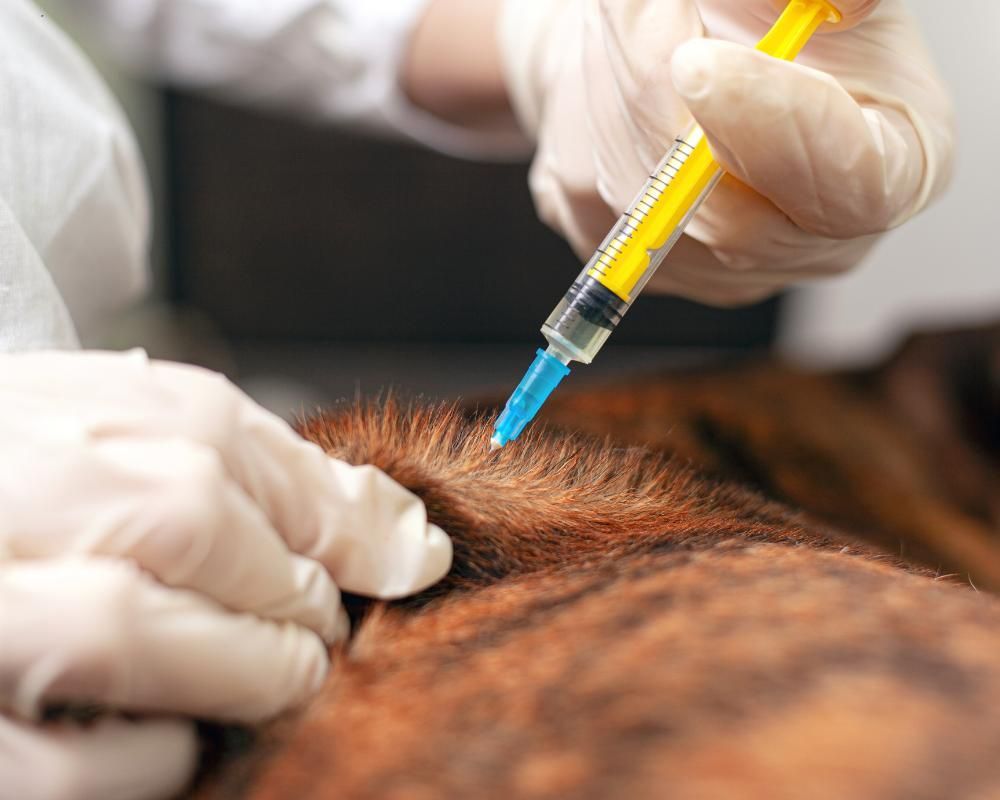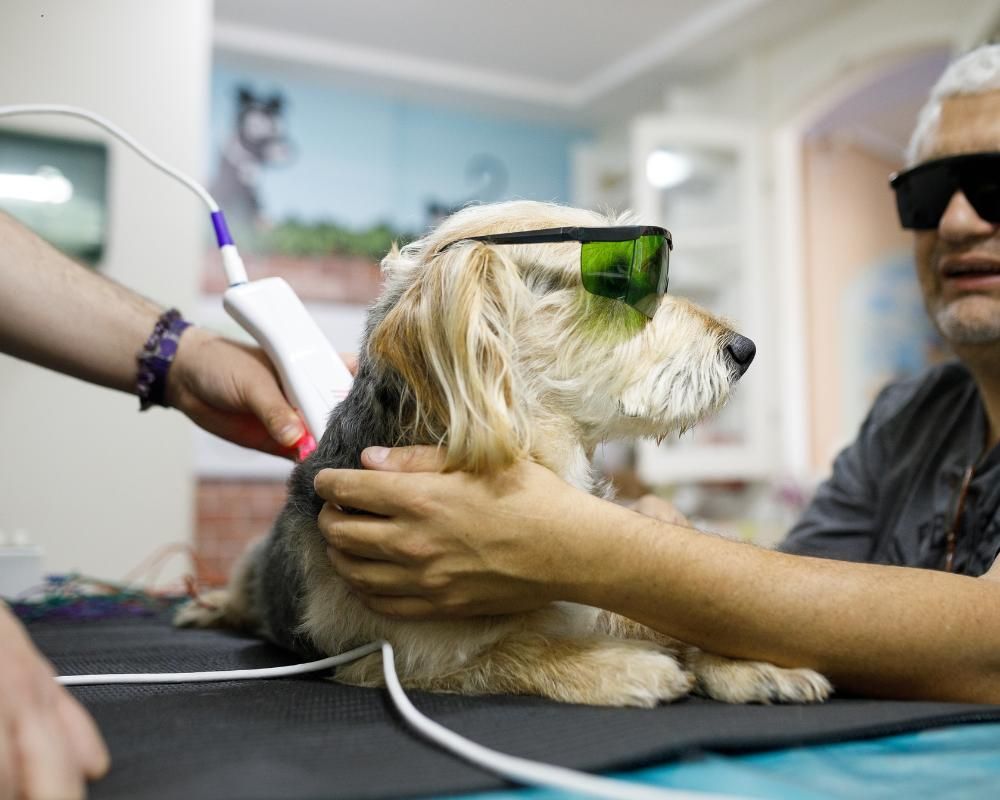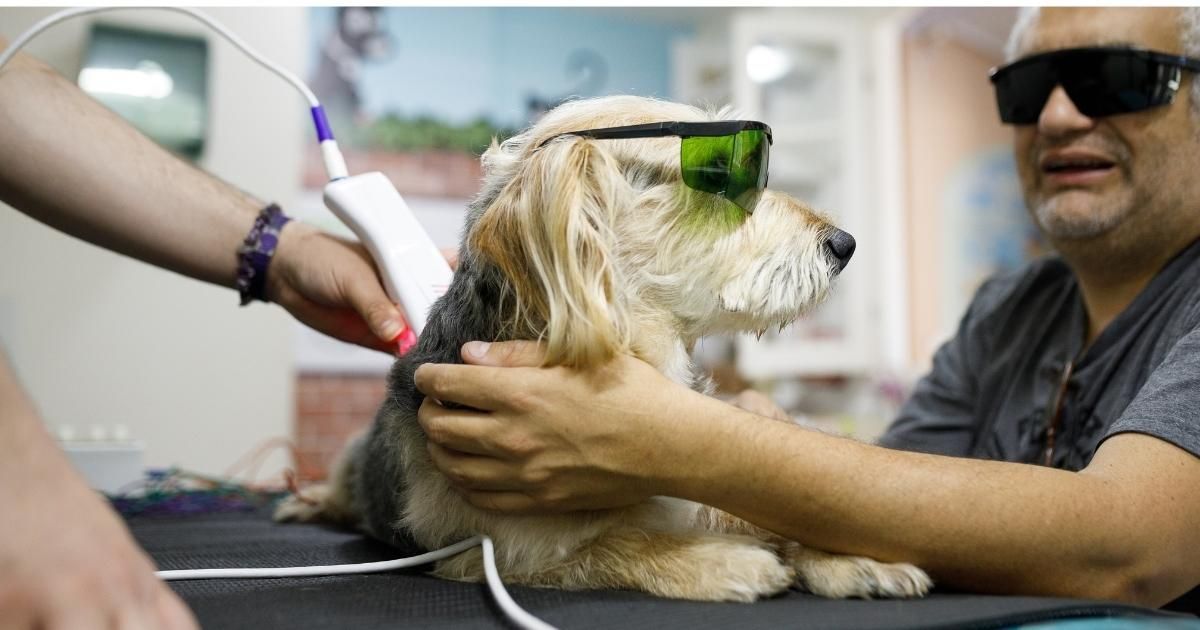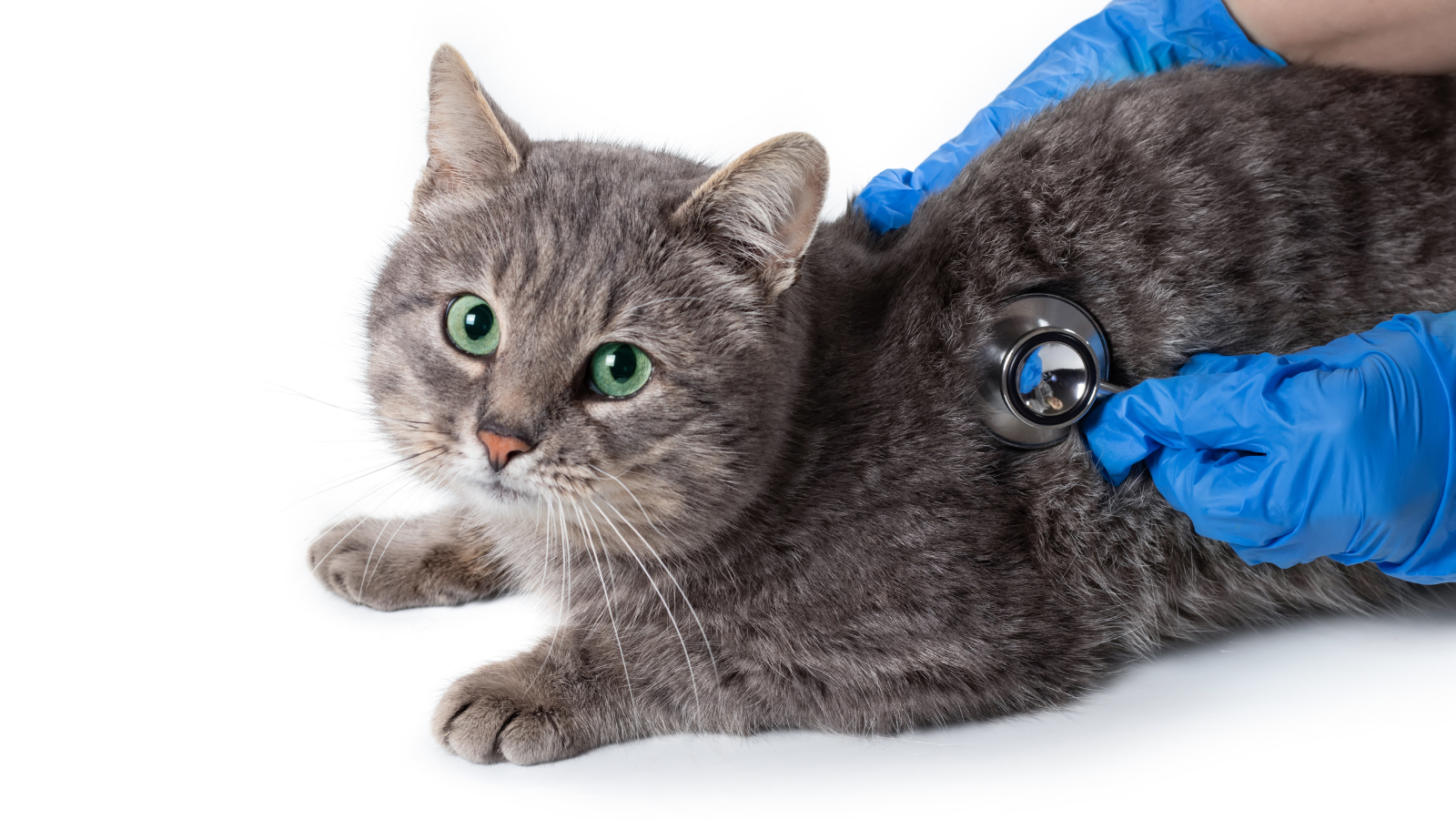Does your Pet have Ear Mites or an Ear Infection?
Does Your Dog Have Itchy Ears? How To Know If It's Ear Mites Or Ear Infection
If your pet is digging at their ears, shaking their head like they're trying to dislodge a fly or other behavior, you might be ready to rush to the vet. Before you do, you may be able to determine if it's ear mites or an ear infection caused by an overgrowth of yeast
How do you treat ear mites in dogs and cats? It is essential to monitor and manage your pet’s health when ever they show systems of illness or irritability. Taking charge of your furry loved one’s health can increase their life expectancy and elevate their mental health. So if your dog or cat is constantly scratching their ears, shaking their head or flattening their ears back, they could have ear mites or ear infection in their ear.
What is the difference between ear mites and ear yeast infections?
How do you know if you pet has one of them?
Let’s take a look: Typically, ear mites are common in puppies and kittens. They are generally passed down from their mother since their young immune’s system is fragile and ear mites are very contagious. Once a puppy has transitioned into an adult dog, ear mites in dog sis relatively low compared to ear mites in cats, unless the dog spends the majority of the time outdoors or they are infected by another pet or animal.
Ear Mites in your Cat or Dog’s Ears
Today’s most common ear mite is an eight legged parasite known as “otodectescynotis” that feeds on the wax and oils in your pet’s ears. They are very small, proportionate to a size of a pin point, and scarcely visible to the naked eye. Ear mites have a life span of approximately 3 weeks. Since ear mites are more likely to become a host in a cat’s ear, once they enter the ear canal they get comfortable and begin breeding which causes painful itching, scratching and irritation. Their infestation also produces an offensive, gooey buildup of wax and dried blood. If not treated, these pesky parasites can cause severe damage to the middle ear and ear drum. This can permanently affect the cat’s hearing and sense of balance. If you suspect your pet has ear mites, come into Chipman Road Animal Clinic ASAP so we can exam your pet’s ears using an otoscope or swab the ear and view the discharge under a microscope to determine if it is ear mites.
Chipman Road Animal Clinic is a walk in only veterinarian in Lee’s Summit, so come by whenever is most convenient for you!
The first step in ear mite treatment is a thorough cleaning to remove any debris, wax or blood. Second, the
veterinarian may treat with a medication called Milbemite. This is a topical treatment applied by the veterinarian. Most cases only require one treatment with Milbemite. More severe cases may require additional treatments. Be sure to wash your pets bedding and toys to prevent spreading. Continue to check your Furry friend’s ears for dampness or dirt. Ear mites thrive in a moist, balmy environment so make sure your pet’s ears are always dry and clean.
Bacterial or Yeast Infection in Dogs (Ear Infections LOVE Dogs)
Dogs may not as be susceptible to ear mites as cats, but they are notorious for developing ear infections. ear infection in dogs are caused by an invasion of bacteria and/or yeast that flourishes in warm, dark spaces like floppy ears of dogs. Droopy or deep ears can reduce the air flow in the ear canal in an area that is already warm. Bacteria can also be easily trapped within the ear canal. This also makes for an ideal breeding ground for yeast.
Dog ear infections produces a gooey discharge that causes dogs to rub and scratch their ears. Sometimes they will shake their head frantically, like they are trying to knock loose an object from their ear. Other symptoms of ear infections include: wax buildup, unpleasant odor, redness or swelling of the ear, loss of balance and even in some cases, hearing loss.
Some additional factors that may play a part in your dog’s ear infection include: food allergies, improper ear cleaning, environmental irritants, ruptured eardrum, allergies to pollen, and tumors or polyps within the ear canal. The majority of dogs that develop ear infections also have allergies.
If you suspect your dog has an ear infection bring him/her into Chipman Road Animal Clinic so one of our Veterinarians can examine their ears. Once we know the cause of the infection we can show you how to treat ear infections in dogs and prescribe treatment. If the infection is caused by allergies, more testing might need to be performed to find out the cause of the allergies and establish a treatment plan. If you don’t treat the underlying cause of the infections, the ear infections can reoccur.
At Home Care for your Pet’s Ears
It is important to inspect and clean your dog’s ears at home on a regular basis. Here are a few easy steps that can be implemented during bath time:
- Examine the ear and gently wipe away any loose dirt, fluid or residue with a cotton ball.
- Add ear cleaning solution into the ear canal while placing one finger in front of the earflap and your thumb behind it.
- Softly massage ear canal while working the cleaner throughout the ear.
- Take a new cotton ball and pat up and down entire canal to soak up ear wax and any liquids.
- Repeat this flushing process as necessary.
- Once all the debris and liquids are removed, pat entire ear surface with fresh cotton ball until ear is completely dry.
- Apply any prescription medicine as directed.
Ear Infections are Possible in Cats Too
Ear mites are more common than ear infections in cats; but cats can be susceptible to yeast and/or bacteria ear infections. Cats with weak immune systems, allergies or diabetes are even more vulnerable.
Signs of ear infections include pawing or scratching at their ear or shaking their head in direction of the infected ear. Other symptoms: wax buildup, unpleasant odor, redness or swelling of the ear, loss of balance and even in some cases hearing loss. Additional factors may play a part: food allergies, improper ear cleaning, environmental irritants, ruptured eardrum, allergies to pollen or tumors or polyps within the ear canal.
It’s important that you bring your cat into Chipman Road Animal Clinic for an ear exam if he/she is showing any signs of an ear infection.
The
veterinarians at Chipman Road Animal Clinic will examine the ear and take a swab to determine the type of infection: it could be yeast bacterial or both; which is easily treated with prescription anti-fungal or antibiotics. These come as ointment or ear drop form, which are easy to administer. If the infection has reached the middle ear, the vet might prescribe an oral or injectable antibiotic.
The vet will fully clean both of your cat’s ears using a ear cleaner. If ear drops or ointment is recommended, the vet will apply it to their ears. Your vet will want to re-exam your cat’s ears to make sure they are completely healed and ensure there is no further damage. If the infection is caused by allergies, more testing might need to be performed to find out the cause of the allergies and establish a treatment plan.
Caring for your dog’s and cat’s ears make for happy, healthy pets!
Continuous itching and scratching is such an uncomfortable state for your pet to be in – they don’t need to suffer, bring them into
Chipman Road Animal Clinic today and we can get to the bottom of it and provide them relief so they are back to normal in no time! Besides we also provide
flea and tick medication for your pets.
If you are looking for an expert veterinarian in Lee's Summit, MO, call Chipman Road Animal Clinic816-524-1886



















